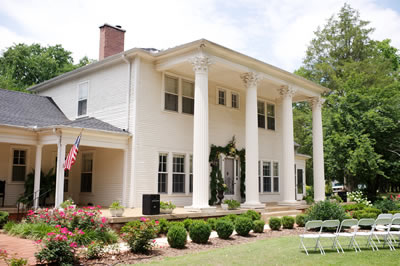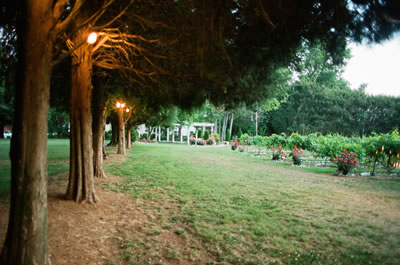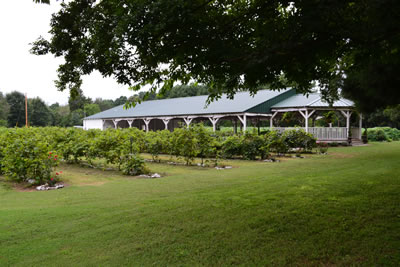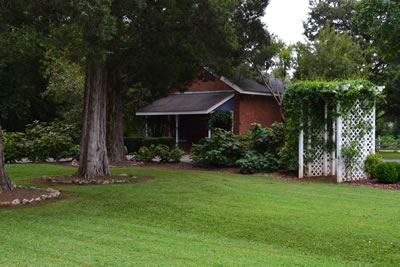KEF Q Series Speakers in Matte Black
What do we lose in the pursuit of thinner and more attractive looking TVs? Quite a lot, actually. Most importantly, audio quality. The thinner manufacturers insist on making TVs, at the bequest of designers, and the more features are crammed into them, at the insistence of marketing departments and developers, the smaller and smaller speakers must be to fit. The problem here is that speakers generally are less efficient at producing quality audio the smaller they are. This problem is made worse by the position of the speakers – on the back of the TV, where higher frequency sound has to rely on digital processing to be produced in a somewhat reliable manner. Both of these factors have lead to, quite honestly, awful sound in even the best TVs.
KEF LS50 Meta Speakers in Royal Blue
Why does this matter? Because at least one half of the audio/video experience is the audio. It even comes first in the order! And I can't stress enough that it is my firm belief that audio is at least half of the equation. What lead me to this belief is what I call the “Three I's” of home entertainment: Information, Impact, and Immersion.
Information might seem obvious at first glance, but in the context of a movie or TV show information is far more than simple exposition. The sound of a gun being drawn and cocked off screen, the closing of a door, footsteps, the tone in which a character is talking, even the choice of certain barely audible tones all carry a great deal of information about any given scene. The better quality your audio, the better you can receive all this information, deepening your understanding of what is happening on and off screen.
Impact is maybe slightly less obvious but no less important. Impact is another way to describe the dynamic range – the loudness and softness – of what is happening in the audio track. If we transition from a quiet, soft scene of dialogue and hushed tones immediately into a loud climax, something Quentin Tarantino loves to do in his films, it brings the story more to life as it is very natural and normal to experience such shifts in volume in every day life. The same can be said going from a loud scene to soft scene. When shifts in volume are large, we call this having a large dynamic range, and the more capably an audio setup can give us these shifts the greater the impact it has on our media enjoyment.
KEF 8003 Soundbar
Immersion is the level to which we are drawn into our media. The more immersive it is, the more we are able to lose ourselves in the moment and ignore the world around us – truly experiencing the movie or show as it was intended. Both impact and information are important to immersion, but immersion is more. It has to do with how well the audio channels are separated – how much does it really sound like something that is happening on the side of the screen or even off screen to one side is actually happening there, versus just relying on visual clues. When audio engineers mix for movies or TV shows, they spend a great deal of time ensuring that the audio we hear is coming from the direction it should come from. A great example of this is the Normandy scene in Saving Private Ryan – the scene is a master class in audio mixing for immersion with the mechanical sounds of the landing craft, explosions all around and the whistle of bullets whizzing by your head, men screaming orders or crying out, it is an incredible experience that puts you that lets the speakers and screen disappear putting you right in the middle of the action. But this level of immersion is really only possible with a well designed audio system. Without it, the scene is almost flat in comparison.
KEF KC62 Subwoofer in Titanium Gray
But those are just what we think at Prestige. What about the people who make the media you enjoy? Famed director Christopher Nolan, famous for his impressive and often thought provoking blockbusters, is notorious for his muddy dialogue. But that isn't necessarily his intention. As he put it in an interview in 2017 “we made the decision a couple of films ago that we weren’t going to mix films for substandard theaters...We’re mixing for well-aligned, great theaters.” Nolan isn't alone in this sentiment either – you may have noticed something similar with the treatment of dialogue and sound in general with Netflix and other streaming productions. Many modern directors have followed Nolan's footsteps in deciding to mix sound up to a certain high standard with some level of disregard for audio systems that aren't up to the task, or as Nolan puts it: “At a certain point, you have to decide if you’ve made the best possible version of the film and you’re trying to account for inadequacies in presentation... that’s chasing the tail. It doesn’t work. I will say, with our sound mixes, we spent a lot of time and attention making sure that they work in as predictable a way possible.”
KEF LS60 Wireless Speakers in Mineral White
So now you understand why we think most people today are being robbed of half of the home entertainment experience, and why modern directors aren't likely to reverse course and spend time accommodating less capable audio systems, what can you do about it? Do you dive right into a full professionally installed home theater with tens of thousands of dollars of home audio equipment, custom sound paneling, and tiered theater seating ? Honestly if you have the means for something like that it is simply unbeatable. If you don't have the means though, we'd love to at least get you pointed in the right direction to elevate your home cinema experience. A simple soundbar and sub setup, for example the Klipsch Cinema 600 line, is an inexpensive and high quality way to dip your toes into a more Informative, Impactful, and Immersive experience – and it's expandable to a basic surround sound setup with Klipsch's Surround 3 wireless rear speakers. Or if you've got a real ear and eye for quality you could step up a little to a set of KEF Q Series speakers and an Aventage AV Receiver for not too much more. Add a subwoofer for some tactile bass, a subject we'll tackle in a future article, and you've got an impressive audio setup that will suck you right into the middle of any movie. If you've got a bit more of a designer's sensibilities and you only demand the best in a curated living room design but refuse to sacrifice sound quality, the KEF LS60 is probably for you. While the LS60s pricetag might cause some temporary sticker shock for some by “only” being a 2 channel setup, consider that these true audiophile quality powered tower speakers include 1400 watts of amplification and all the connections built in – no need for a separate receiver or other equipment. And we think they're absolutely gorgeously designed, a true modern masterpiece that can stand on their looks alone.















